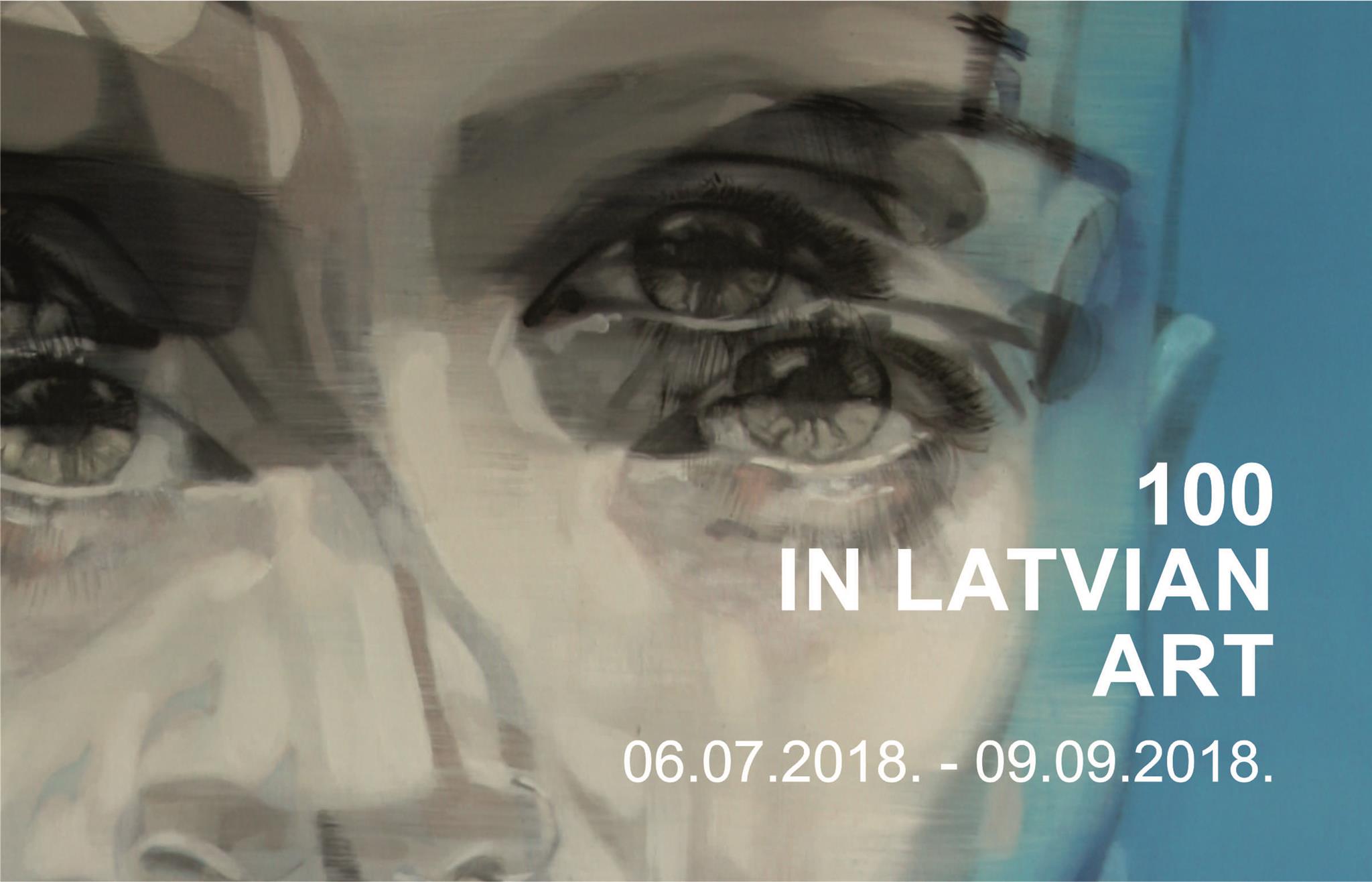100 in Latvian art

What is happening in Latvian art of today? This question is asked by artists, contemplated by curators, frowned upon or smiled at by gallery owners and deliberated in the writings of art theorists. What is an artist in Latvia? A grand master or a rising star in the artistic ranks, already shining bright and enjoying both local and international acclaim and recognition?
In spite of numerous changes and incidents, and tributes paid to space and time, Latvian art has endured, and Latvian artists have never ceased to create. At any time, art gives a stark view of society and the space that it inhabits. The artist forges a connection with the outside world, which affects and shapes them in return.
“To us art is an adventure into an unknown world, which can be explored only by those willing to take the risk.” Quote from 13 June, 1943 edition of the New York Times, brief manifesto: Mark Rothko, with Adolph Gottlieb.
The outstanding, Daugavpils-born pioneer of abstract expressionism, Mark Rothko, was born exactly 115 years ago. In Daugavpils, he spend only the first 10 years of his childhood and five more through his art at Daugavpils Mark Rothko Art Centre. He was one of those willing to take the risk, to invest all of himself in his creative pursuits in order to break from tradition, create something new and leave a deep mark in the history of art. The artist’s work continues to be highly praised. Untouched by the passage of time, Mark Rothko can be endlessly relevant to any artist’s creativity.
While studying the fundamentals of painting, Mark Rothko was an avid reader and sought to draw experience by painting with some of the most brilliant artists of the time. In the same vein, he nurtured a new generation of brilliant artists who had an opportunity to assist the master in his work. It is a natural and essential chain of events in the passing of artistic mastery from generation to generation. Not copying. But making sense of the past and finding one’s own style.
Preparing to celebrate the artist’s approaching anniversary and looking back at his artistic legacy, which has shaped the development of art worldwide, one must conclude that it has greatly affected and inspired at least three generations of Latvian artists. Growth and development of the most experienced crop of artists ran in parallel with Mark Rothko. They only came across his name and works in reproduction albums and postcards. A string of mid-generation artists view themselves as acolytes to Rothko, turning to him in pursuit of their own artistic style. The youngest generation can count themselves lucky to be able to travel and see retrospective exhibitions of Rothko’s work in Europe and beyond as well as come to Daugavpils Mark Rothko Art Centre and spend hours on end in dialogue with Rothko’s paintings.
The exhibition 100 in Latvian Art was conceived as a visual narrative with no borders or limitations, which would span the artistic scene of today and let the viewership meet several generations of Latvian artists at once, focusing on similarities and differences, things current and relevant, which, at different times, inspired artists to create in glass or ceramics, painting or textile. The internationally juried exhibition received applications from nearly 150 Latvian artists. More than 70 were selected to participate along with a range of artists expressly addressed by the curator.
Can the exhibition answer the question – what is happening in Latvian art? We leave it to the artists who will see each other’s work and to the viewers, art theorists and critics who will, no doubt, engage in mutual dialogues. In a way, the exhibition paints a portrait of an artist in today’s Latvia, although it is by no means an attempt to tell a complete story of Latvian art.
Māris Čačka







